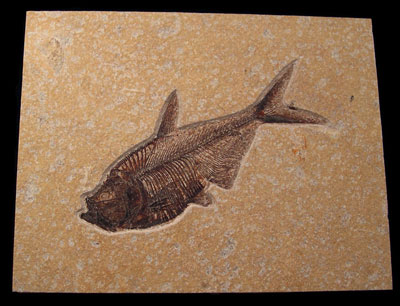
Probably one of the world’s most important sites to understand the Eocene epoch is the Green River Formation, which is located in eastern Utah, western Colorado, and southwest Wyoming in the U.S.
While the region was located at the same latitude as today during the Eocene epoch, the global climate was even-tempered. For this reason, fossils found in this region indicate the climate was subtropical or temperate, with temperature ranging between 15° and 20° Celsius.
The rocks of the Green River Formation dictate the story of the environment that was about 50 million years ago. During the period, forces within the Earth completed their work of uplifting the Rocky Mountains and forming intermountain basins in between. Over time, three major lakes formed.
Lake Gosiute, Lake Uinta, and Fossil Lake - occupied the landscape.
Streams carried large amounts of sand and silt with dissolved minerals into these lakes. Over time, silt and sand infill the landscape while dissolved minerals altered the chemistry of the water. The swampy areas then witnessed abundant plants and bushes around the margins of the lake - Fossilized plants and crocodiles are vital pieces of evidence.
The Green River Formation is a major attraction for paleontologists around the world. It is a site with well preserved fossil fish that unfolds plenty of stories about the climate and environment of the Eocene epoch. Some slabs even contain hundreds of individual fish, indicating an instantaneous death due to sudden impact or load.
To this date, plenty of fish species have been identified, including Knightia, which is the most common Green River Formation fossils. Besides, an abundance of fossil plants, including ferns, palm leaves, and sycamore leaves, are found in swamp sediments. Also, fossils of crocodiles, snakes, turtles, birds, bats, and mammals are present in the Green River Formation.
At Buried Treasure Fossils, you come across a large selection of Knightia fish, which is an extinct Herring-like fish, not more than six inches long. It is one of the well-preserved fossils of the Green River Formation.










